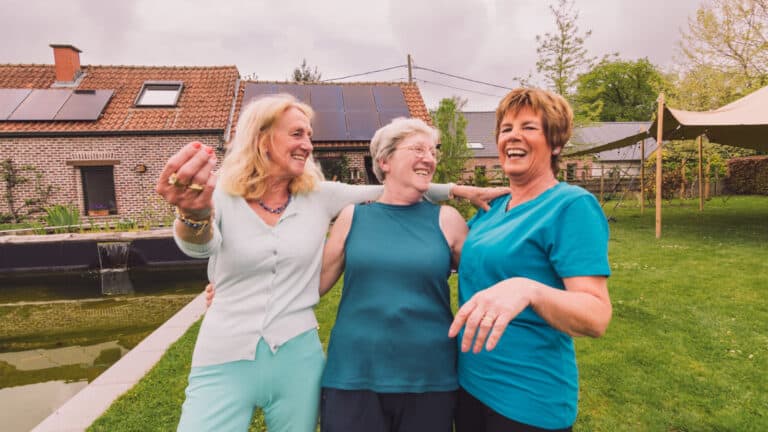8 Horrific Traditions That Need to End (And 2 That Are Thankfully Abolished)
One of the worst things humans do is continue terrible behavior simply because “it’s always been done.” And many harmful traditions go far beyond mild and annoying ones like gender reveal parties.
Abusive traditional practices persist in many parts of the world, often justified by cultural norms but causing significant harm to individuals and communities. These disturbing traditions encompass a range of behaviors that violate human rights and animal rights, causing physical or psychological harm, particularly to women and girls.
While some harmful traditions are deeply rooted in some societies, there are examples of successful abolition efforts. Learn more about the ongoing horrors we need to stop, and some that have already been put to an end.
1. Female Genital Mutilation (FGM)
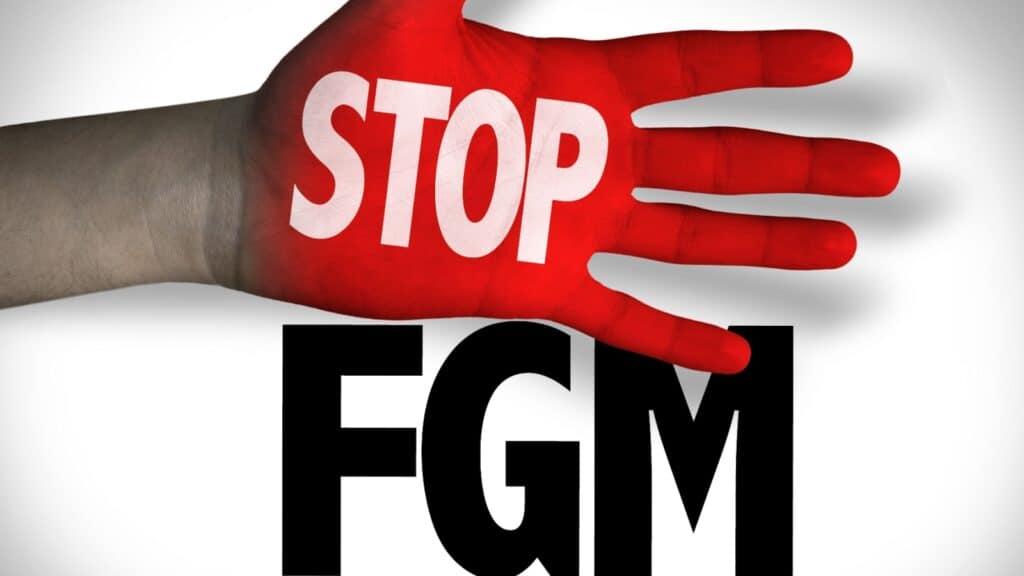
Possibly one of the most sickening things modern humans do, FGM is a practice that involves the partial or total removal of external female genitalia for non-medical reasons. It is a violation of the human rights of girls and women and is frequently justified by cultural and social norms. The practice can lead to severe health issues, including infections, complications in childbirth, and psychological trauma.
While FGM is still practiced in some regions, thankfully there have been significant strides in reducing its prevalence. In countries like Burkina Faso, there’s been a decline in FGM rates. Efforts include legislative measures, education campaigns, and the involvement of local leaders to change cultural perceptions. There’s no reason this practice should continue in any part of the world. It’s completely senseless and ruthless.
2. Child Marriage
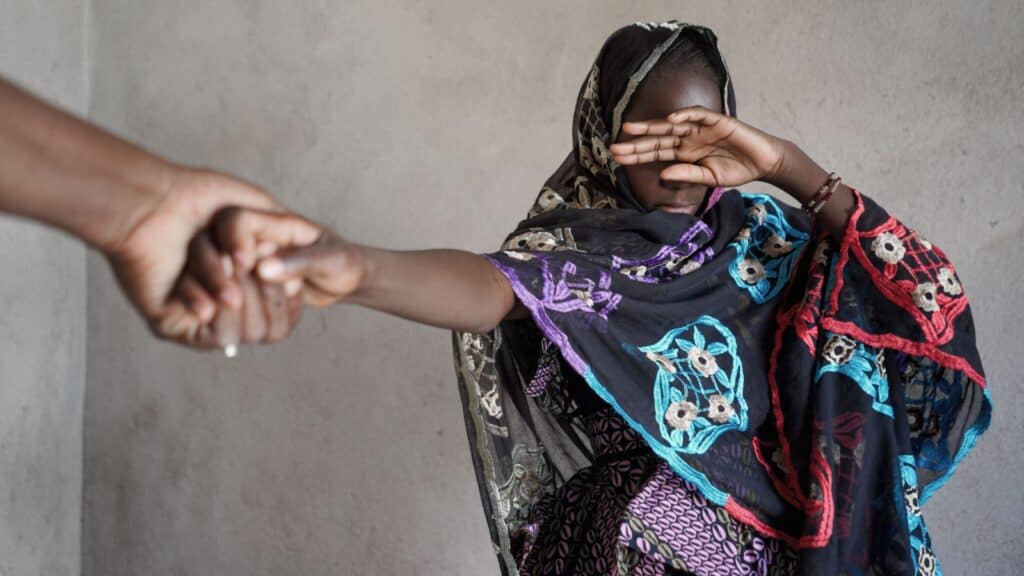
Child marriage is a practice where children, usually girls, are married off at a young age. And we don’t mean young like 18 or 19, we mean young like 10 or 11. This tradition is prevalent in many countries and is driven by economic, social, and cultural factors, but it’s not acceptable.
Child marriage typically results in girls leaving school, which perpetuates poverty and limits their opportunities. It is also associated with higher rates of domestic violence and health problems. These girls have no say in the matter and these marriages often trap them in awful situations for the rest of their lives.
3. Corporal Punishment

Corporal punishment involves using physical force to discipline children and is still common in many parts of the world. Think nuns whipping kids’ knuckles with rulers or teachers spanking students. It violates children’s rights to dignity and physical integrity and can lead to physical and psychological harm.
And it’s not just in school or church settings, many parents around the world, including in America, still exercise physical punishments. Efforts are being made to prohibit this practice through legal reforms and educational programs.
4. Honor Killings
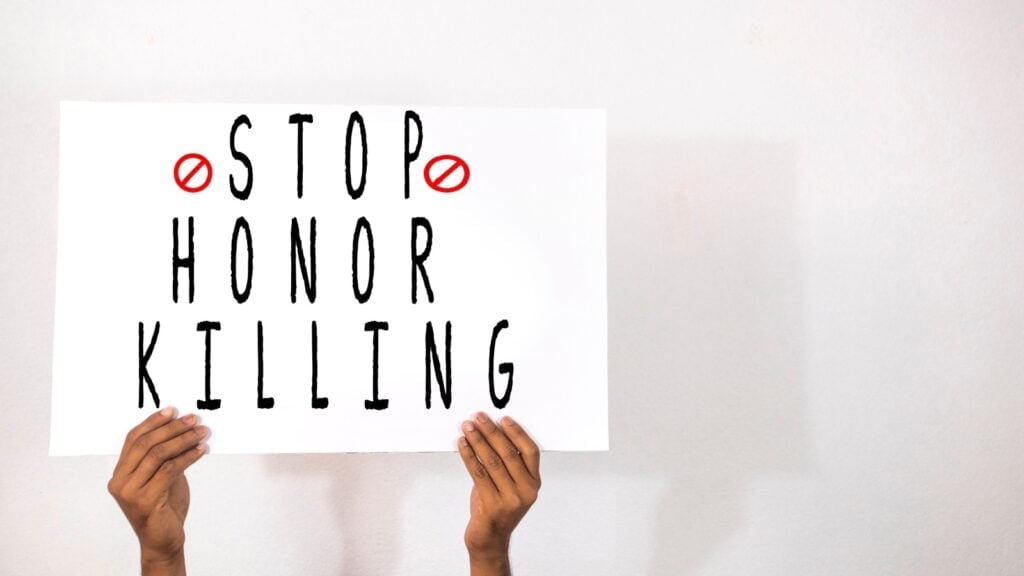
This tradition dates back centuries and should’ve been left in the very ancient past. Honor killings involve the murder of a family member, usually a woman, who is perceived to have brought dishonor to the family. This practice is rooted in cultural beliefs about family honor and gender roles and is a severe violation of human rights.
Not that it would be acceptable, but honor killings are not anything like official executions. A husband, father, or brother may spontaneously kill a family member who has “brought dishonor.” However, they’re protected under the law. It’s basically legal murder that protects men from the consequences of harming the women in their lives.
5. Bullfighting

One of the most widely accepted and obviously cruel traditions is bullfighting. Bullfighting is a traditional spectacle in some countries, where bulls are fought and often killed in an arena. It is criticized for the cruelty and suffering inflicted on the animals.
These innocent creatures are used as props in a sport and brutalized in the process. The abuse of the bulls is bad enough, but there are frequently horses in the arena who are injured or killed. The matadors are routinely injured or killed too, making this resemble the gladiator fights of ancient Rome.
6. Animal Fighting
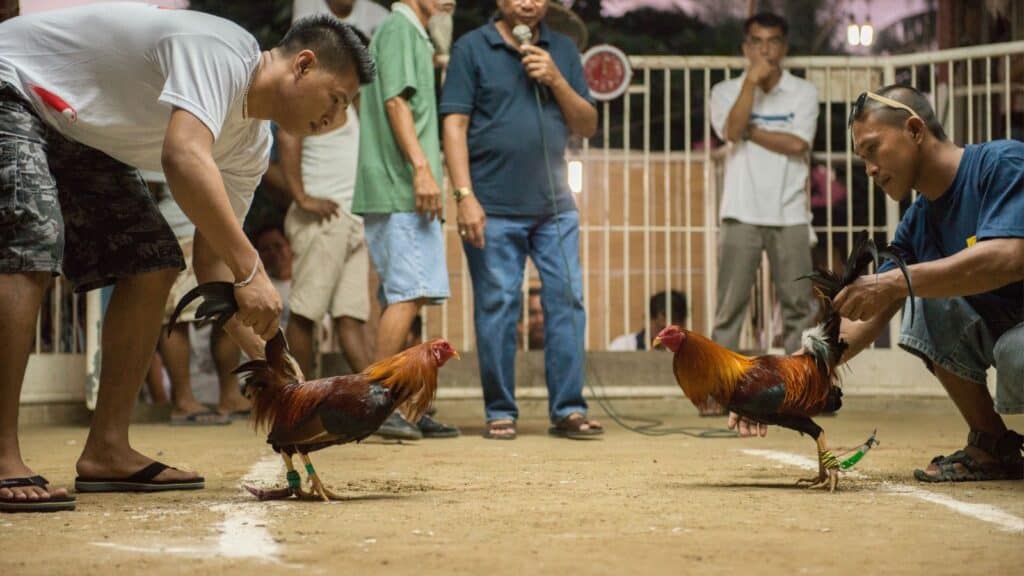
A human toying with, torturing, and killing an animal for entertainment is unconscionable, but forcing animals to kill each other is disturbing in a different way. Bear baiting, rooster fighting, and dog fighting are some of the most common forms of animal fighting that take place.
All these practices involve forcing animals to fight each other for entertainment and gambling, and they often use abusive means to rile the animals up for the fight. These animals may be starved, tormented, drugged, and more. They are undeniably inhumane, causing significant distress and injury to the animals involved, if not death.
7. Animal Tourism

As amazing as it is to see or interact with a majestic wild creature up close, it’s usually very stressful and harmful to the animals. Animal tourist activities like elephant rides, holding sea turtles, walking with lions, swimming with dolphins, and tiger petting are harmful to animals.
These practices involve abusive training methods and poor living conditions for the animals, leading to physical and psychological harm. These animals do not exist for our entertainment.
8. Greyhound Racing

Similar to animal fighting and animal tourism, greyhound racing is a highly abusive practice. Like animal fighting, the greyhounds are pitted against one another for entertainment and gambling purposes. The dogs are typically starved — this ensures they run after the prey in the race — and kept in awful conditions. They’re often underweight and malnourished.
Unlike dog fighting, greyhound racing and other kinds of dog racing are not illegal throughout the US. Currently, it’s legal in Alabama, Arkansas, Iowa, Texas, and West Virginia, where these poor dogs are being forced into competition through cruelty.
9. Abolished: Footbinding
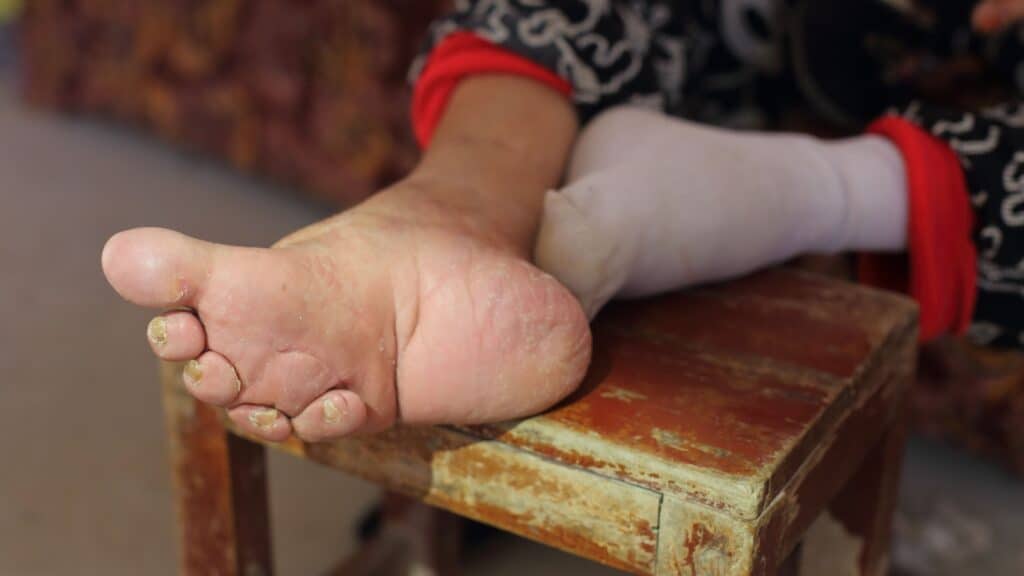
Footbinding was a practice in China that involved tightly binding the feet of young girls to alter their shape and size, which was considered a mark of beauty and status. Foot binding is incredibly painful and damaging.
Thankfully, this practice was officially banned in the early 20th century. The abolition was largely successful due to a combination of government intervention, social reform movements, and changing perceptions of beauty and health.
10. Abolished: Sati

Sati, the practice where a Hindu widow would self-immolate or be forced to immolate on her husband’s funeral pyre, was abolished in India in the 19th century. This tradition, popular in India, was seen as some sort of honorable devotion. Women were pressured and practically forced to do this, frequently because other family members or neighbors wanted to inherit the dead man’s property.
The British colonial government outlawed it in 1829, and subsequent Indian governments have enforced this ban. The abolition was supported by social reformers and has been largely successful, with very few cases reported in modern times.
Working Toward Abolition

Successful abolition involves a multifaceted approach, which includes implementing and enforcing legal reforms, conducting education and awareness campaigns, and engaging local communities and leaders. Providing support services for survivors and empowering women and girls through education and economic opportunities is also important
By integrating these strategies, communities can effectively challenge and abolish harmful traditional practices, wiping these atrocities from every culture and finally giving the victims the protection they deserve.
Can The Human Body Adapt To The Rising Heat? And What Are We Doing If We Can’t?

As climate change intensifies, the human body’s ability to adapt to rising temperatures is becoming a critical concern. According to Dr. Camilo Mora, an expert on heat’s effects on human physiology, “The human body has remarkable adaptability to heat, but there are limits to how much we can physiologically adapt to rising temperatures due to climate change.” This introduction explores the extent of our physiological adaptations, the challenges we face as global temperatures climb, and the potential consequences if our bodies fail to keep pace with environmental changes.
READ: Can The Human Body Adapt To The Rising Heat? And What Are We Doing If We Can’t?
Why Do Mosquitos Seem To Like Me So Much, and What Can I Do About It?
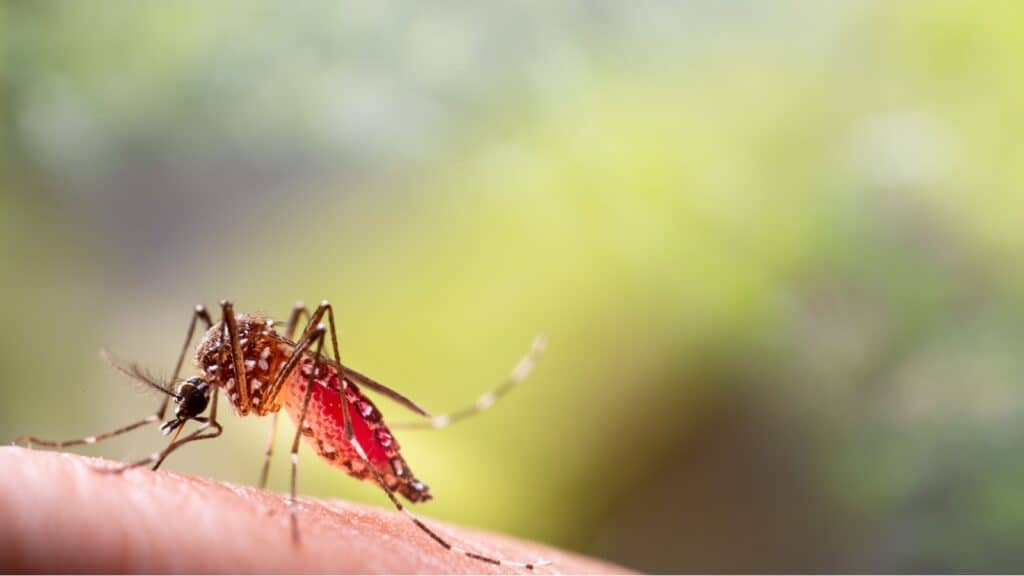
Have you ever wondered why mosquitoes seem to prefer biting some people over others? Understanding the reasons behind this can help in mitigating their impact. Mosquitoes are attracted to certain individuals due to factors like body odor, carbon dioxide, and body heat. These pests are not just annoying; they can also carry dangerous diseases such as malaria, dengue fever, and Zika virus. In this article, we explore why mosquitoes are drawn to specific people, the health risks they pose, and effective strategies to protect yourself from their bites.
READ: Why Do Mosquitos Seem To Like Me So Much, and What Can I Do About It?
Is There A Link Between Being A ‘Good Girl’ And Autoimmune Disease In Women?

Women Rising®, an 11x award-winning women’s empowerment and media company founded by autoimmune-diagnosed, 15x award-winning documentary filmmaker, Sara Hirsh Bordo, recently released findings from Autoimmunity and the “Good Girls” ™ the first-ever sociological survey exploring the intersection between empowerment and autoimmunity in American women. READ: Is There A Link Between Being A ‘Good Girl’ And Autoimmune Disease In Women?
Join Us

Join us on this empowering journey as we explore, celebrate, and elevate “her story.” The Queen Zone is not just a platform; it’s a community where women from all walks of life can come together, share their experiences, and inspire one another. Welcome to a space where the female experience takes center stage. Sign up for our newsletter so you don’t miss a thing, Queen!




